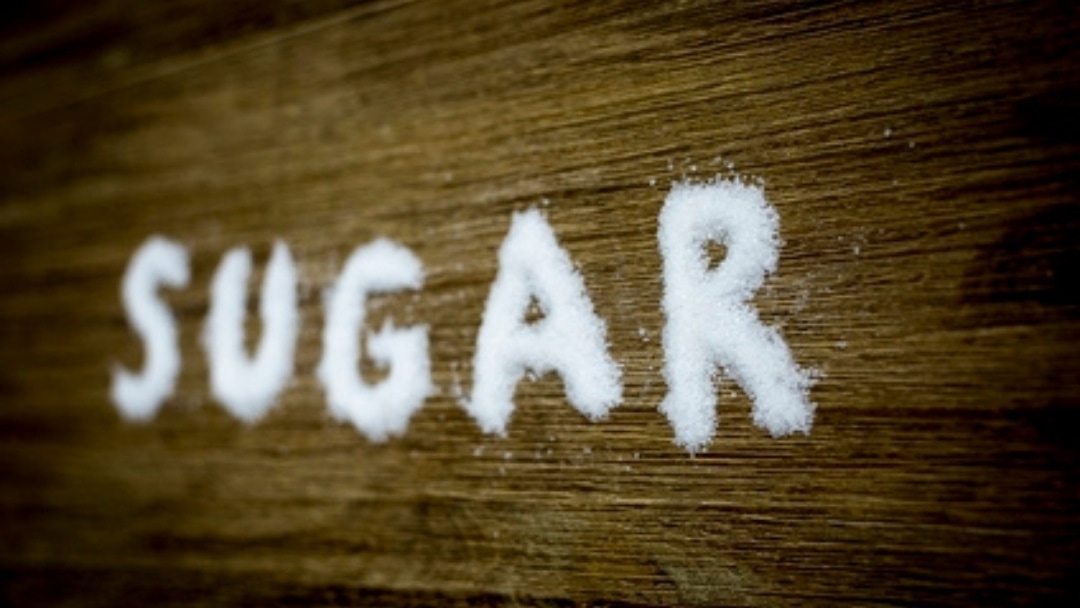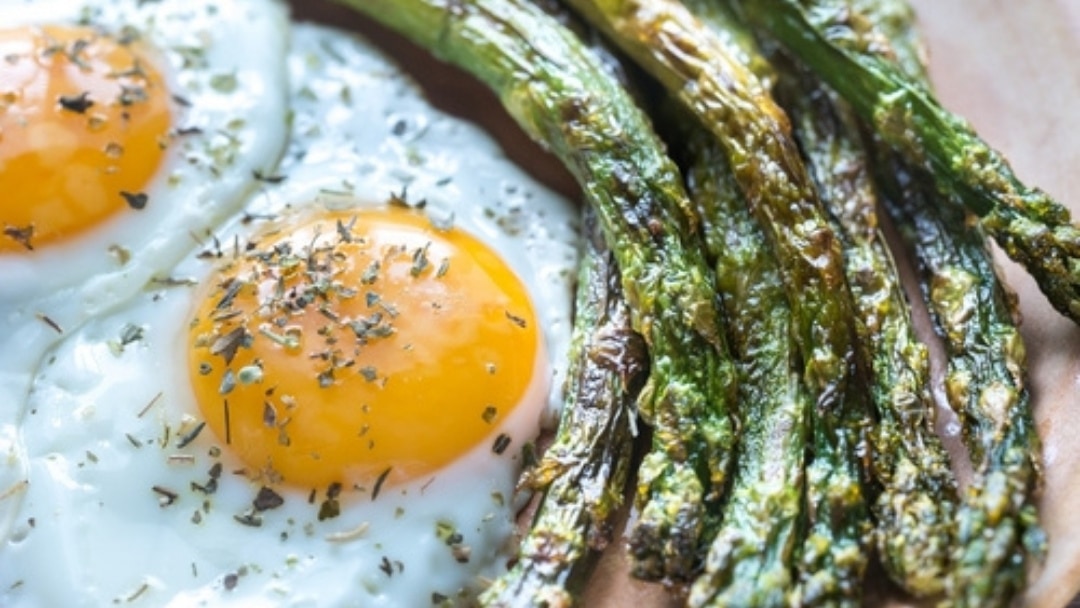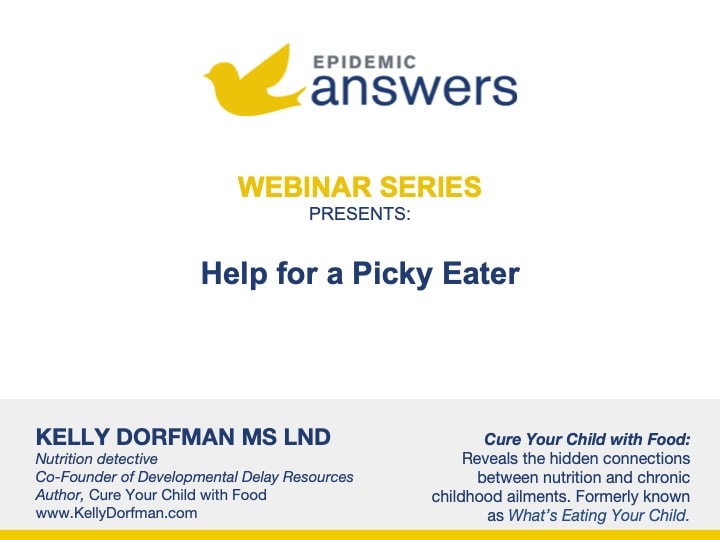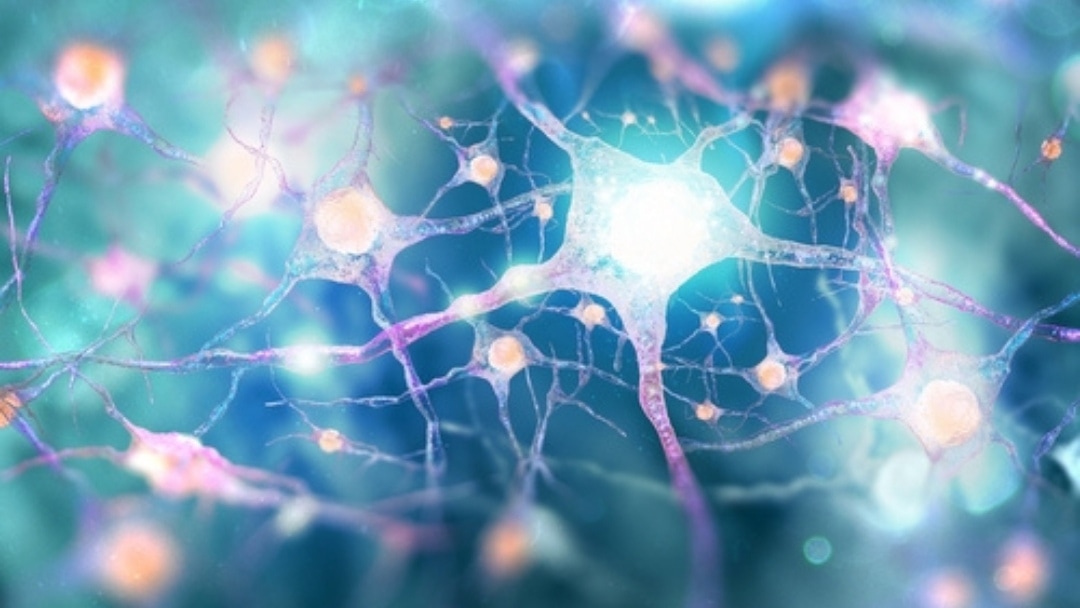In this blog post, Kelly Dorfman, MS, LND, offers a plan for breaking your child’s sugar addiction.
Sam will eat as many cookies as I give him but won’t touch regular meals.” “Erin is such a terrible eater. All she likes are French fries and bagels. If I suggest anything else, she has a fit!” Sound familiar? Are white foods the diet wreckers at your house?
Sugar and white starches like bagels and potatoes, the mainstay of many kids’ diets, are high in simple carbohydrates. These foods cannot sustain energy evenly because the body metabolizes them too quickly. Complex carbohydrates, found in whole grains, beans and vegetables often missing from kids’ diets, are more sustaining because they release energy over a longer period of time.
A recent study has demonstrated what frazzled parents have suspected for years: simple carbohydrates are addicting. Dr. Bartley Hoebel, a professor at Princeton, discovered that when rodents tasted sugar, their brains released opioids just like addictive drugs. Rats showed signs of sugar dependence in just ten days.
Sugar addiction and simple carbohydrate addiction blunts desire for more nutritious food. When children rely on this fast energy, blood sugar levels spike and drop, resulting in moodiness and unfocused behavior. In this state all they want is more sugar. Reasoning with addicts is fruitless, unless they are taken off the blood sugar roller coaster.
Soothing Sugar Addiction
Remove rather than add
You can eliminate all refined sugar from your menu, but you cannot force a child to eat good food. Some parents believe a cookie is better than nothing, but if a cookie is waiting, a carbohydrate addict will wait too. When refined sugar is not available, blood sugar levels will even out after initial withdrawal.
Use treats only as a follow-up to a healthy meal
When your child is eating a healthy, balanced diet and no longer has mood swings, a sweet treat may be OK after a meal. Observe your child’s mood carefully though; for some children sugary foods always disrupt blood sugar balance.
Substitute foods containing healthy sugars
Fresh and dried fruit are the best way to satisfy a sweet craving. Stevia is another possible choice. This natural sweetener is derived from the leaves of a South American shrub and is hundreds of times sweeter than cane sugar. It has been used safely in other countries for decades, but only in small quantities. Studies where rats ingested large amounts found potential problems.
Avoid artificial sugar substitutes completely
Aspartame (NutriSweet) is made up of the amino acids aspartate and phenylalanine. The brain carefully controls the concentration of aspartate because it is extremely excitatory. According to neurosurgeon Russell Blaylock, when aspartame is eaten in large doses, it causes neurons to degenerate and die. They excite themselves to death. For more information, read his book, Excitotoxins: The Taste That Kills.
Once aspartame use peaked, consumer complaints revealed that it caused headaches and lowered seizure thresholds. Children with developmental and cognitive delays are even more prone to these types of neurological stress.
Strengthen breakfast
If children start the day with a weak breakfast, such as waffles with syrup or cereal, it is difficult to get them off the carbohydrate track. A child with sensory issues sometimes skips lunch because noisy cafeterias are distracting. By the time he gets home from school, he is frantic for the fast energy of simple carbohydrates.
Consider serving longer lasting lunch and dinner foods for breakfast. Students need energy at 10 am, not 10 pm. Chicken and vegetable dumplings, fish sticks, taquitos and soup are breakfast favorites at our house. All can be heated up in minutes. Food should be concentrated around the time children need energy.
Tie protein to starch
If a child is absolutely stuck on pasta, add some finely ground meat, nuts or even protein powder to the sauce. Offer bread only as part of a sandwich or spread with a seed or nut butter. Put a starchy coat on small pieces of fish or chicken.
Utilize protein supplements
Protein powder goes down easily in a shake mixed with frozen fruit in rice or potato milk. You can also substitute 1/3 of a cup of protein powder for flour in muffin and pancake recipes. There are rice- and pea-based protein powders, as well as a gelatin type for kids who cannot handle the texture of powders (Twin Labs Amino Fuel).
If we recognize over-consumption of sugar as a possible addiction, we can embrace a solution geared to the seriousness of the problem. Often a child’s carbohydrate compulsion fails to improve because a parent has the same issue. Addressing eating habits as a family, with all members working together, can benefit everyone.
About Kelly Dorfman MS LND
 Kelly Dorfman is one of the world’s foremost experts on using nutrition therapeutically to improve brain function, energy and mood. Kelly’s special talent for integrating information from many sources and finding practical solutions has made her a popular speaker and workshop leader. She lectures extensively and is a member of Platform (formerly the National Speakers Association) and has been featured on numerous television programs including CNN’s American Morning.
Kelly Dorfman is one of the world’s foremost experts on using nutrition therapeutically to improve brain function, energy and mood. Kelly’s special talent for integrating information from many sources and finding practical solutions has made her a popular speaker and workshop leader. She lectures extensively and is a member of Platform (formerly the National Speakers Association) and has been featured on numerous television programs including CNN’s American Morning.
Kelly’s award winning book, Cure Your Child With Food: The Hidden Connection Between Nutrition and Childhood Ailments (formerly known as What’s Eating Your Child) was given rave reviews by Publishers Weekly’s and the Washington Post.
As a go-to expert on nutrition issues, Kelly is frequently interviewed and quoted in the media. She has been featured in articles in The Wall Street Journal, Parade, Bethesda Magazine, Living Without magazine, and the Huffington Post.
Kelly holds a master’s degree in nutrition/biology and is a licensed nutrition dietitian. She is a co-founder of Developmental Delay Resources, which has merged with Epidemic Answers. You can find out more about Kelly and her practice at www.kellydorfman.com
Still Looking for Answers?
Visit the Epidemic Answers Practitioner Directory to find a practitioner near you.
Join us inside our online membership community for parents, Healing Together, where you’ll find even more healing resources, expert guidance, and a community to support you every step of your child’s healing journey.
Sources & References
Avena, N.M. Evidence for sugar addiction: behavioral and neurochemical effects of intermittent, excessive sugar intake. Neurosci Biobehav Res. 2008;32(1):20-39.
MacPherson, Kitta. Sugar can be addictive, Princeton scientist says. Princeton University.




